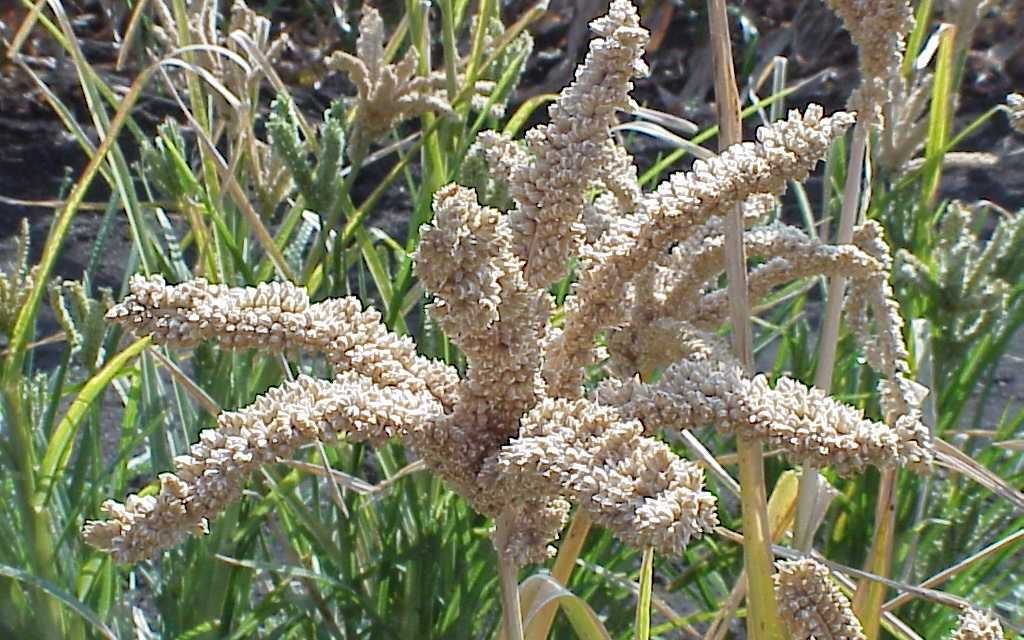The traditional food processing of our organic grains begins the same time every year after harvest. The rice is pounded in a way it can retain the bran so it is rich in anti oxidants, Vitamins E and B and essential fatty acids. The other grains seen in the picture are finger millet and wheat.
One in three of the people in the world are not getting the right food to eat- not only because of malnutrition that happens from food shortage, but also from eating the wrong types of foods. There is a diabetes epidemic in India, for example. In addition, if climate change continues to heat up the planet, this will drastically affect the crops we can grow. Millet is a study low water high temperature crop.
Poornima (full moon day) of the month of Baisakh (May) marks the end of harvest of some of the most significant winter crops such as wheat, barley and oats. Oats are seen in the picture being dried in the premises of the Himalayan Center. This day is also also celebrated as Buddha Poornima – the day of the birth, enlightenment and mahasamadhi (death) of Buddha. It was celebrated on May 4th with an hour of silence at the feet of the stone buddha in the garden.




